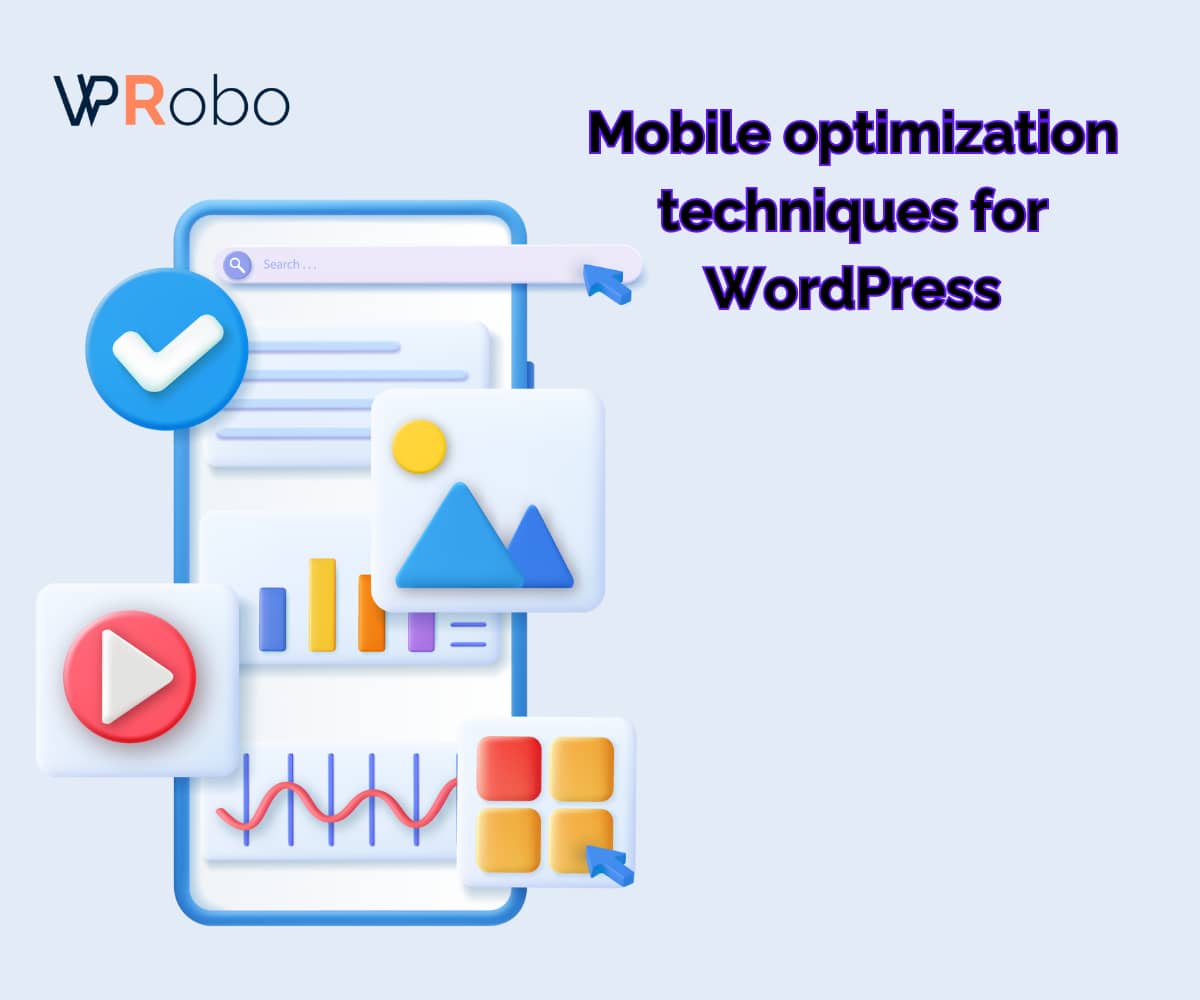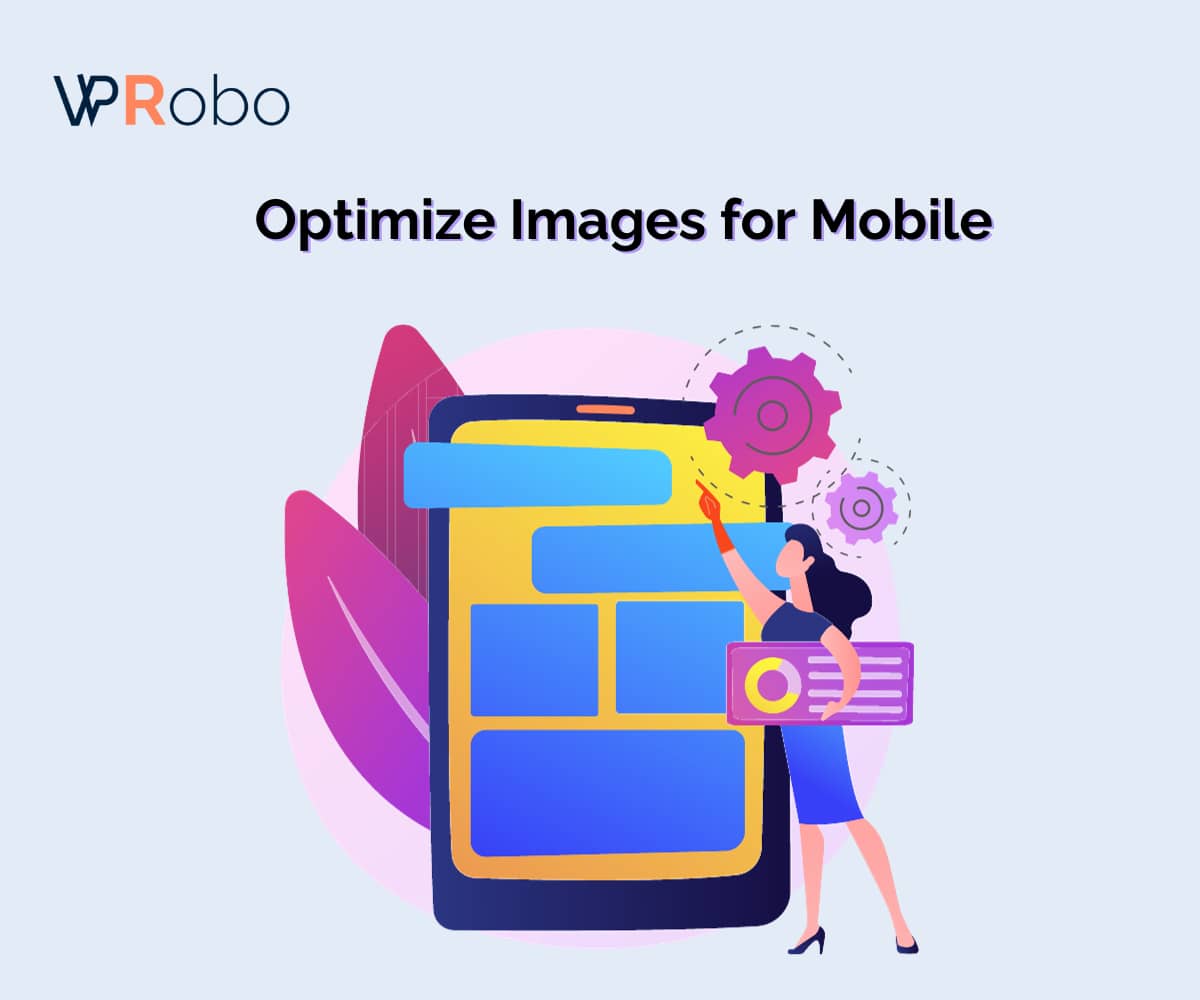Mobile Optimization Techniques for WordPress: A Comprehensive Guide for 2023
The mobile-driven era makes mobile optimization an absolute necessity for every website owner. More than ever, users are accessing content via their smartphones and tablets. For WordPress website owners, ensuring that your site delivers an impeccable mobile experience is paramount. In this guide, we’ll walk you through top techniques to optimize your WordPress site for mobile in 2023.
1. Choose a Responsive WordPress Theme
A responsive theme adjusts and looks great on any device, whether it’s a desktop, tablet, or smartphone.
Official Themes: WordPress’s official repository has themes vetted for quality and responsiveness.
If you are in search of the finest WordPress themes available, I strongly recommend perusing the article titled “Choosing the Best WordPress Theme for Your Needs.”
2. Use Mobile-Optimized Plugins
Some plugins can hinder mobile performance, while others can boost it.
WPtouch: This transforms your WordPress website for mobile devices with a custom theme.
AMP for WordPress: The Accelerated Mobile Pages (AMP) plugin provides mobile-optimized content to load pages instantly.
3. Optimize Images for Mobile
Heavy images can drag down mobile load times.
Smush: This plugin compresses images without compromising quality.
Adaptive Images for WordPress: This ensures images are the right size for the device viewing them.
For those seeking a profound understanding of image optimization strategies, I highly recommend immersing yourself in the illuminating contents of the article titled “Effective Image Optimization Techniques.”
4. Implement a Mobile-Friendly Navigation
A cluttered menu can be a pain on mobile. Streamline navigation for mobile viewers.
Hamburger Menus: These are mobile-friendly, condensing menus into a dropdown.
Sticky Navigation: This ensures that the navigation remains at the top even when users scroll.
5. Prioritize Speed with Caching
Mobile users appreciate fast-loading sites.
W3 Total Cache: A comprehensive caching plugin to boost mobile load times.
WP Rocket: Known for its user-friendliness and efficiency in improving mobile speed.
For those in search of comprehensive insights into the art of boosting WordPress site speed, I highly recommend delving into the enlightening contents of the article titled “Boosting WordPress Site Speed.”
6. Opt for a Mobile-First Design Approach
Designing with mobile in mind first ensures a seamless experience for the majority of users.
Mobile-First Themes: Themes like those from Elementor often incorporate mobile-first principles.
Mobile Preview: Always preview changes on mobile before finalizing.
If you’re looking to gain insights into the topic of “The Rise of Mobile-First Web Design,” this is the ideal source for you.
7. Test Your Website’s Mobile Responsiveness
Regularly test how your site performs on various devices.
Google’s Mobile-Friendly Test: This tool gauges how well your site works on mobile.
BrowserStack: Simulate your website on different devices and browsers.
8. Reduce Server Response Times
Slow server response can hurt mobile user experience.
Optimized Hosting: Consider switching to a faster host, like WPEngine or SiteGround.
Content Delivery Network (CDN): Use CDNs like Cloudflare to serve your content faster to global users.
If you’re seeking knowledge about “Choosing the Right Hosting for WordPress,” you’ve come to the right place.
9. Disable Unnecessary Features on Mobile
Some features might be great on desktop but irrelevant or hindering on mobile.
Disable Widgets: Widgets like tag clouds or recent comments can clutter mobile.
Limit Pop-Ups: Google penalizes sites that use obtrusive mobile interstitials.
10. Keep An Eye on Mobile SEO
Mobile SEO ensures that your site not only looks good on mobile but also ranks well.
Structured Data: Helps Google understand the context of your content.
Local SEO: Optimize for local searches, especially for businesses with a physical presence.
If you’re eager to learn about “Mastering SEO in WordPress,” you’re in the right spot.
Conclusion
Mobile optimization isn’t just a trend; it’s an absolute requirement. As mobile usage continues to soar, ensuring your WordPress website delivers a flawless mobile experience is crucial for both user satisfaction and SEO. By implementing the above techniques, you’ll be well on your way to offering a mobile experience that captivates and converts.





1 Comment